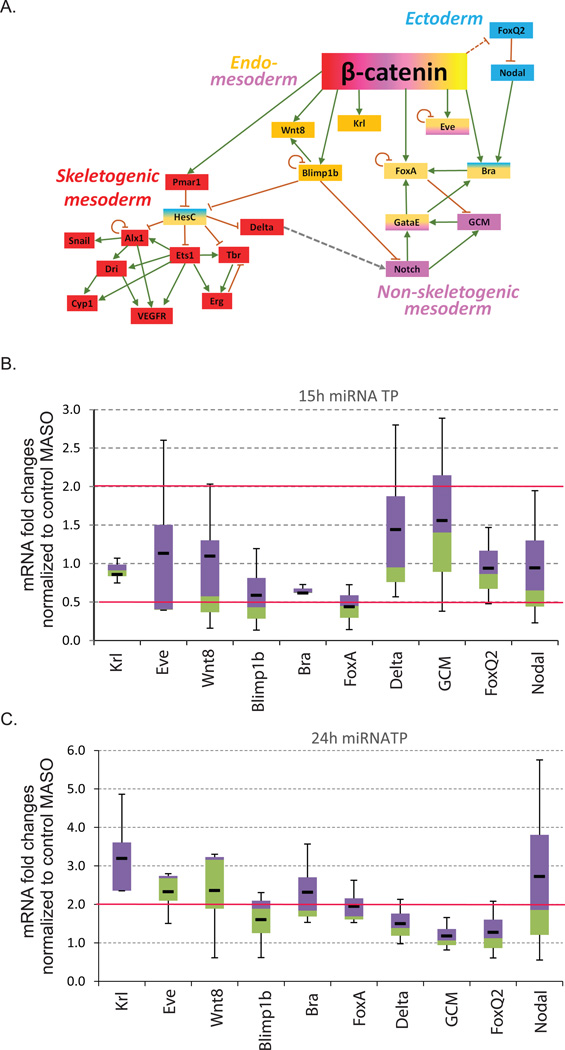Fig. 8. Removal of miRNA regulation of β-catenin results in the transcript changes of Wnt responsive genes.
(A) Simplified gene regulatory network activated by Wnt/β-catenin signaling pathway. Skeletogenesis (red) is indirectly regulated by β-catenin through a single transcriptional repressor Pmar1 (Oliveri et al., 2003). Endoderm (orange) and mesoderm (purple) formation is regulated by multiple direct targets of β-catenin such as Krl (Howard et al., 2001; Minokawa et al., 2004; Peter and Davidson, 2011), FoxA (Oliveri et al., 2006), Blimp1b (Livi and Davidson, 2006; Smith et al., 2007), Eve (Peter and Davidson, 2010, 2011), Wnt8 (Wikramanayake et al., 2004) and Bra (Gross and McClay, 2001). In addition, β-catenin indirectly regulates ectoderm differentiation through indirect regulation of FoxQ2 (Angerer et al., 2011; Range et al., 2013; Yaguchi et al., 2008).
(B) qPCR was used to measure the transcript levels of genes involved in the specification of endoderm, mesoderm, and ectoderm in control and β-catenin miRNA TP-injected embryos at the early blastula stage (15 hpf). (C) qPCR was used to measure the transcript levels of genes involved in the specification of endoderm, mesoderm, and ectoderm in control and β-catenin miRNA TP-injected embryos at the mesenchyme blastula stage (24 hpf). Most of the endomesodermal regulatory genes have ≥2-fold increase in transcript levels in miRNA TP treated embryos in comparison to the control embryos at mesenchyme blastula stage but not at early blastula stage (3–5 biological replicates). The box plot represents the third quartile (purple) and the first quartile (green). Median is the junction between the first and the third quartile. The whiskers represent the maximum and the minimum of the data. The average of the data is shown by the black line. Red line indicates the 2-fold changes.

